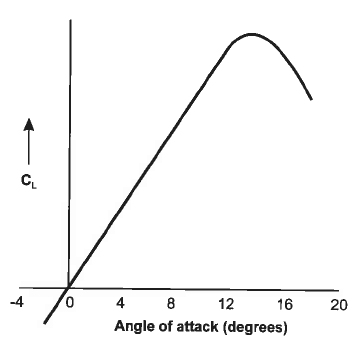Hey guys,
The following formula is provided on the wikipedia page for downforce,
D=0.5(WS)*H*alpha*F*rho*V^2
Where:
D is downforce in newtons
WS is wingspan in metres
H is height in metres
\alpha is angle of attack
F is lift coefficient
rho, ρ, is air density in kg/m³
V is velocity in m/s
Does anybody know the source of this Formula or how its is derived? I need to reference/cite it for a university project but can't find it anywhere. We are not able to reference wikipedia articles.
Thanks
- Login or Register
No account yet? Sign up

